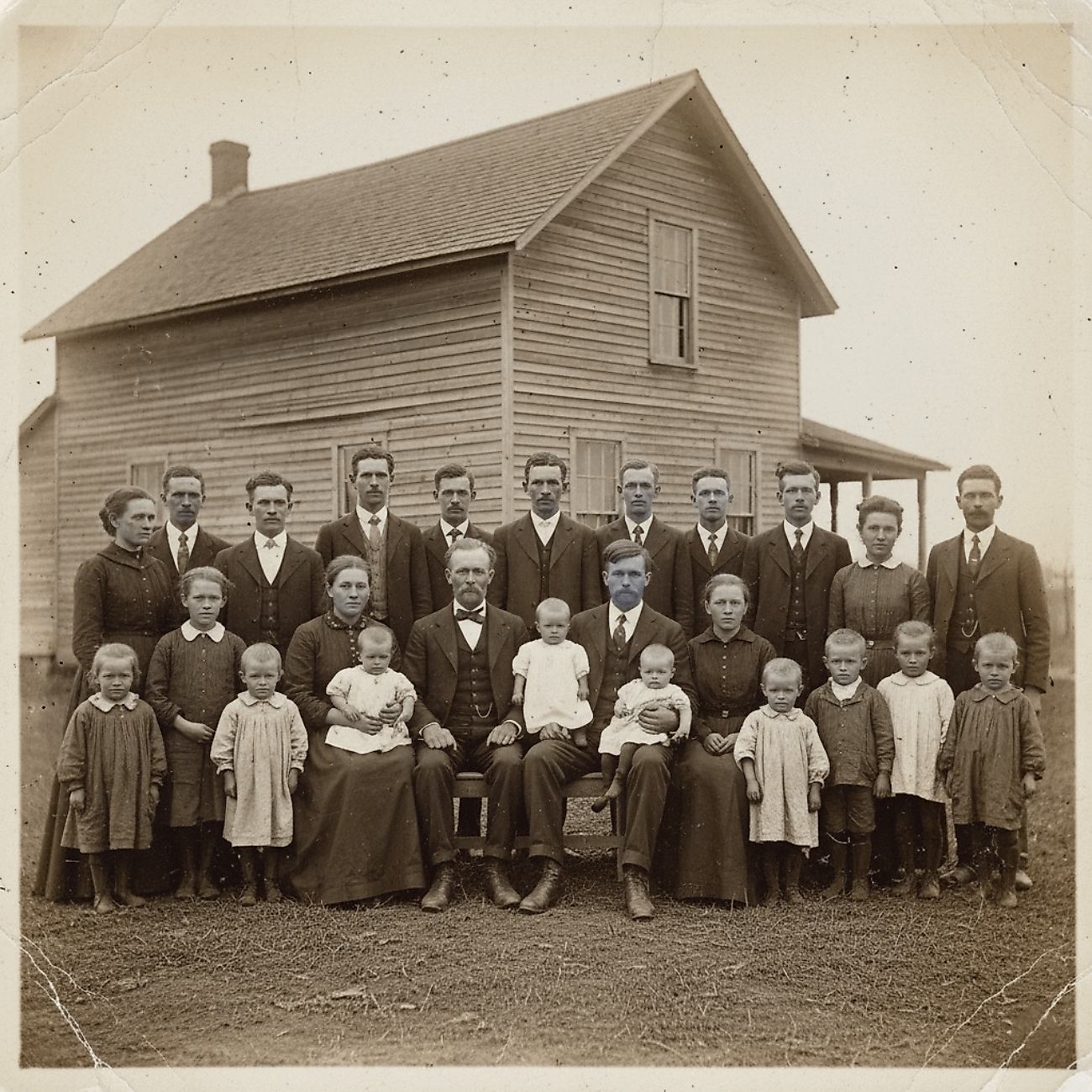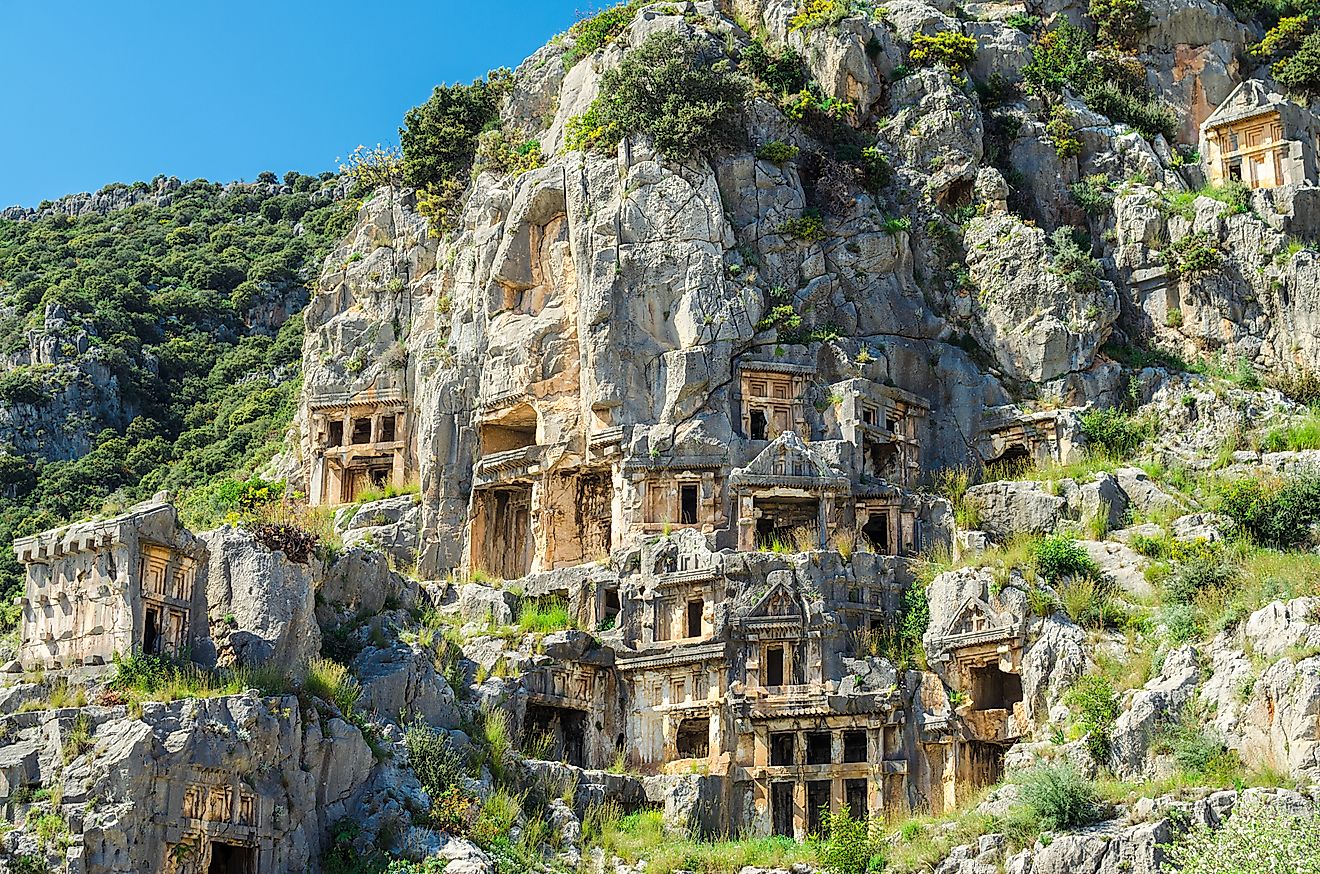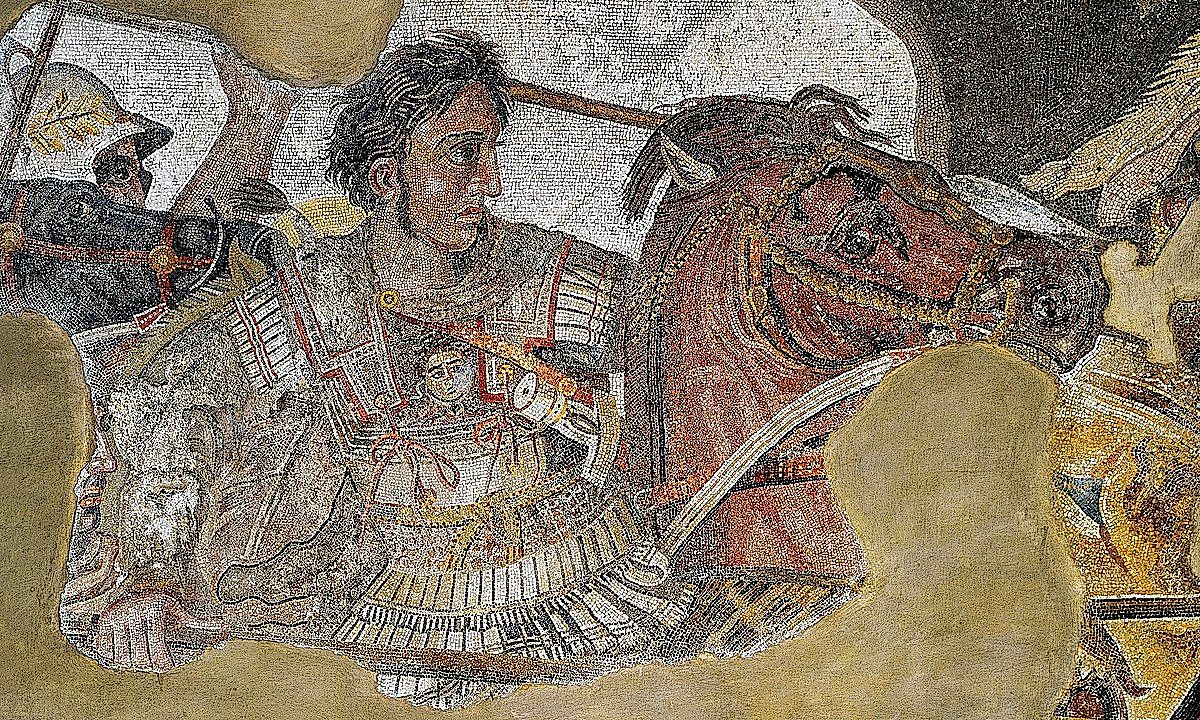
The Oldest Inhabited Cities in Greece
The ancient nation of Greece is home to some of the richest history in all of Europe, if not the world. Civilized life first began in what would later become Greece nearly 3,600 years ago. Many of the great cities and settlements built by the Mycenaean and Classical Greeks are no longer inhabited but still serve us today as invaluable sources of knowledge. Despite the number of "lost cities", there are still dozens of places whose origins stretch back into antiquity, even the Bronze Age, that are still inhabited today.
1. Patras - 3rd Millenium BC

The Mycenaeans settled in the area that is now Patras sometime in the early 3rd millennium BC. When the smaller villages of Aroe, Antheia, and Mesatis grew to a substantial size, they joined together as one. Patras would later become an important hub of trade during Roman and Byzantine rule.
During the reign of Emperor Nero, Patras was also the place of Saint Andrew's crucifixion. Today Saint Andrew is the much-cherished patron saint of the city. In modern times Patras remains a hotspot for international tourists and Greek vacationers. The timeless history is still on full display with ancient ruins and churches in high abundance.
2. Chalcis - 3rd Millenium BC

Chalcis is another city thought to have been first built by the Mycenaeans. Constructed on the highly strategic chokepoint between Euboea and the Greek mainland, Chalcis was a military hub. Being in such an advantageous location allowed Chalcis to thrive off trade between the surrounding areas as well as remain of the utmost importance for military purposes.
Chalcis played a very important role in Classical Greece for this very reason and was an active participant in many of the wars that this era is best known for. Chalcis was also the final resting place of the famed philosopher and scientist Aristotle. Today, very little remains of the ancient city aside from a few scarce artifacts. Chalcis now serves as a popular destination spot for Athenians looking to escape from the fast-paced big city life.
3. Thebes - 3rd Millenium BC

One of the largest and most influential cities of the Mycenaean Era, Thebes, was a Bronze Age powerhouse. First settled more than 5,000 years ago, Thebes did not rise to relevance until roughly 1,600 BC. Thebes had a central role in greek mythology as the birthplace of the hero Hercules and the location where the Sphinx terrorized and tormented the local population. Thebes is now a leader in the agricultural sector within modern Greece, growing food, along with other valuables like cotton, tobacco, and silk.
4. Chania - 3500 BC

Located off the Greek mainland on the island of Crete, Chania was first founded by the Minoans, a mysterious Bronze Age people. Thought to have been a society focused largely on trade and fishing, many historians hypothesize that Minoan society was peaceful relative to its time.
Not many traces of the Minoan society still exist, lost due to unknown circumstances. Some believe that a series of floods, earthquakes, and invasions from hostile people wiped out much of what the Minoans built. But it is clear that the downfall of Minoan society was sudden and devastating. In Crete today there are still traces of these ancient people. The seaside city remains a popular destination for tourists looking to experience its tranquil beaches and rich culture that is unique to the island.
5. Athens - 3500 BC

The settlement of Athens first began in the Neolithic Period. As the centuries progressed, Athens's geographical location made it an obvious spot to live and the city soon followed. While the Mycenaean first used Athens as a base of operations, the city reached its apex in the Classical Period, building some of the most famous monuments associated with the Greek nation.
Even today, the Acropolis and Pantheon remain one of the most recognizable buildings in the world. Athens has changed hands countless times throughout its history but now remains firmly in the hands of the Greek people. Serving as Greece's capital since 1834 after the revolution against the Ottoman Empire, the democratic tradition still lives on in the city.
6. Argos - 4000 BC

Often touted as the oldest inhabited place in Europe, settlement in Argos almost predates time itself. First settled in the Neolithic Period, Argos later grew into one of the most important cities of Mycenaean Greece. Mentioned by Homer in the Illiad for its fertility and booming agriculture, Argos is still a thriving contributor to the Greek economy today, well known for quality fruit and vegetables.
While the construction of much of the old city happened in modern times, there are still plenty of signs of the previous inhabitants through ruins and countless archeological finds. It would not be unusual to stumble across a Byzantine church or Roman amphitheater when out for a casual walk through Argos's many neighborhoods.
Summary
Greece is home to such a rich and vibrant history that this list could have a hundred entries. While there have been countless settlements that have come and gone over the years, these places continue to stand the test of time and even thrive thousands of years later. Surviving wars, natural disasters, diseases, and other unimaginable calamities, the indomitable human spirit marches on.











